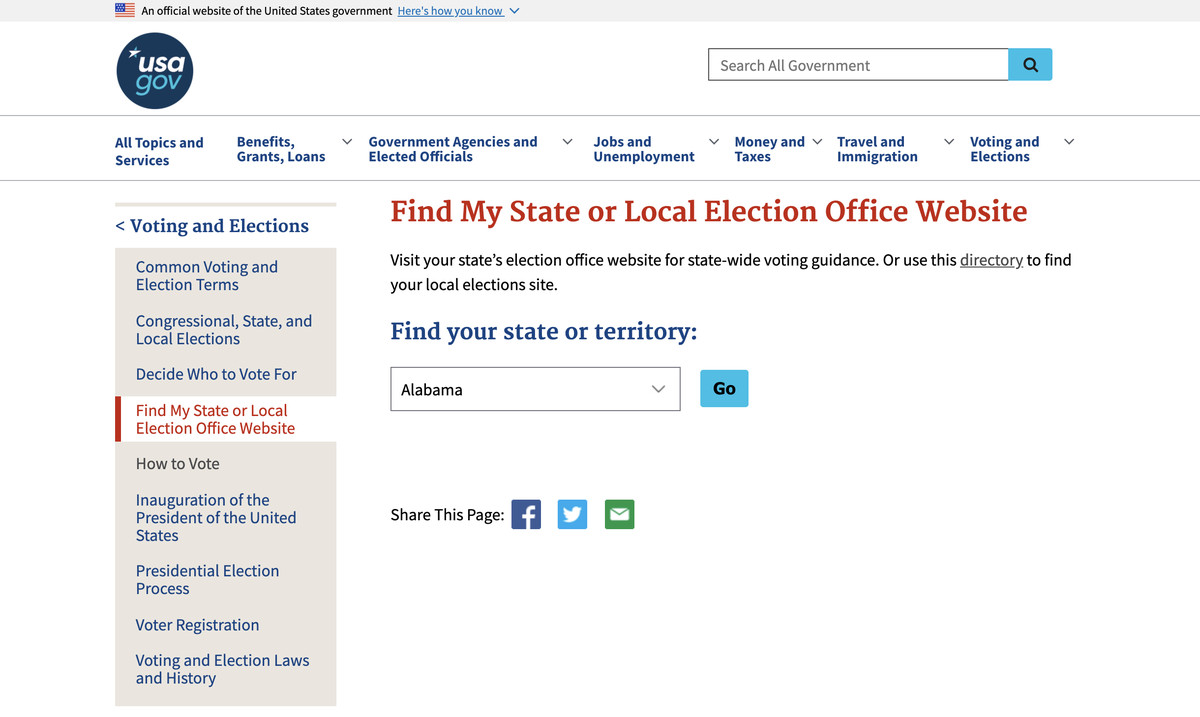The Presidential elections are nearly upon us. Amidst all the crises that we are now experiencing — the COVID-19 pandemic, environmental emergencies, protests against racism, and an extraordinarily divided electorate — it is vital that, if you are a US citizen and 18 years of age or older, you make use of your vote.
Along with all the other upheavals we’re dealing with, the very process of voting has come into contention. While many voters are anxious to get their ballots in, they don’t want to expose themselves to possible infection in small, crowded voting areas, so voting by mail has become the main alternative. But many of us are not familiar with that process, especially because a number of states have been adjusting their rules to allow as many people to vote by mail as possible. Add to that the recent political cockfights over the administration of the US Post Office and the electioneering over the legitimacy of vote-by-mail, and you have a recipe for complete confusion.
So what do you do? Well, you do your research.
To begin with, when you can vote and how you can vote depends on which state you live in. Some states already offer voting by mail and will send ballots to registered voters automatically. Others will allow you to vote by mail during this pandemic, but you need to apply for a ballot. And a few still demand that you have an approved reason (not including “I don’t want to catch a possibly fatal disease during a pandemic”) to be able to obtain an absentee ballot.
So it’s important to make sure that (a) you’re registered, (b) if you are voting in person, you know where to go, and (c) if you want to vote by mail, you know what the rules are in your local area and / or your state. And you want to do all this as soon as possible.
But what you do not want to do is get your information from a random tweet, or from your Uncle Al who heard it from a friend of his. Here are a few more reliable resources.
- The official government site USA.gov has a drop-down menu that will take you to your state’s Board of Elections site. The Board of Elections is the best place to go for information about registering and voting.
:no_upscale()/cdn.vox-cdn.com/uploads/chorus_asset/file/21820501/Screen_Shot_2020_08_26_at_2.09.38_PM.png)
- According to its website, Vote.org is “the largest 501(c)(3) non-profit, non-partisan voting registration and get out the vote (GOTV) technology platform in America.” The site allows you to register to vote, check an existing registration, request an absentee ballot, and even get election reminders.
- If you type “how to vote” in your Google search box, you’ll get information specific to the state that Google thinks you’re in; there’s a drop-down menu to change that. You’re probably safest if the link you click has a “.gov” domain, although since many states are using third-party services for registration and information, that isn’t an absolute.
- If you’re unsure about any information you get, either online or off — make a call. Yeah, it’s a bit old-fashioned, but if you feel that your local site is either not informative enough or confusing, you can call your local Board of Elections (the phone number will be on your state Board of Elections site). Of course, with offices closed all over the country due to COVID-19, it may be difficult to reach someone, but be persistent — this is your vote, after all.
A few more words of advice:
- Be aware that even those who should know about the process involved may be confused. For example, when a staffer from The Verge called their local borough office of the NYC Board of Elections, the person who answered didn’t know that NYC was now offering an online tool to apply for an absentee ballot. When the staffer tried calling the main NYC BoE office, the person at the other end of the line not only knew about the online application, but suggested that they register for the ballot both online and by sending in an application via regular mail. Either way, the person said, they will only get one ballot — but at least the ballot would be more likely to arrive. The moral of the story? If you’re unsure of the information you’ve received, try again.
- When you get your ballot, read the instructions. Twice. And then check them once more when you’ve completed your ballot. Many states have complicated rules about how to fill out, sign, and send in an absentee ballot, and a single misplaced signature can mean your vote will not be counted.
- Avoid filling out your ballot on the kitchen table, or anywhere else where a stray ketchup stain or a streak from your kid’s crayons might be an excuse for invalidation.
- You can’t vote often, but you should vote — and apply for your absentee ballot — as early as possible. On several of the official sites, I saw warnings about leaving plenty of time for applications and ballots to be delivered, even though some of the excitement surrounding the slow-downs at the United States Postal Service has died down.
- And finally, you can always vote the old-fashioned way: at your local polling place. Check with your local Board of Elections as to where to go, and if you wish, call them to find out what precautions they are taking to protect voters from infection.
But however you choose to vote, please do so. This year, more than any, it’s important.
